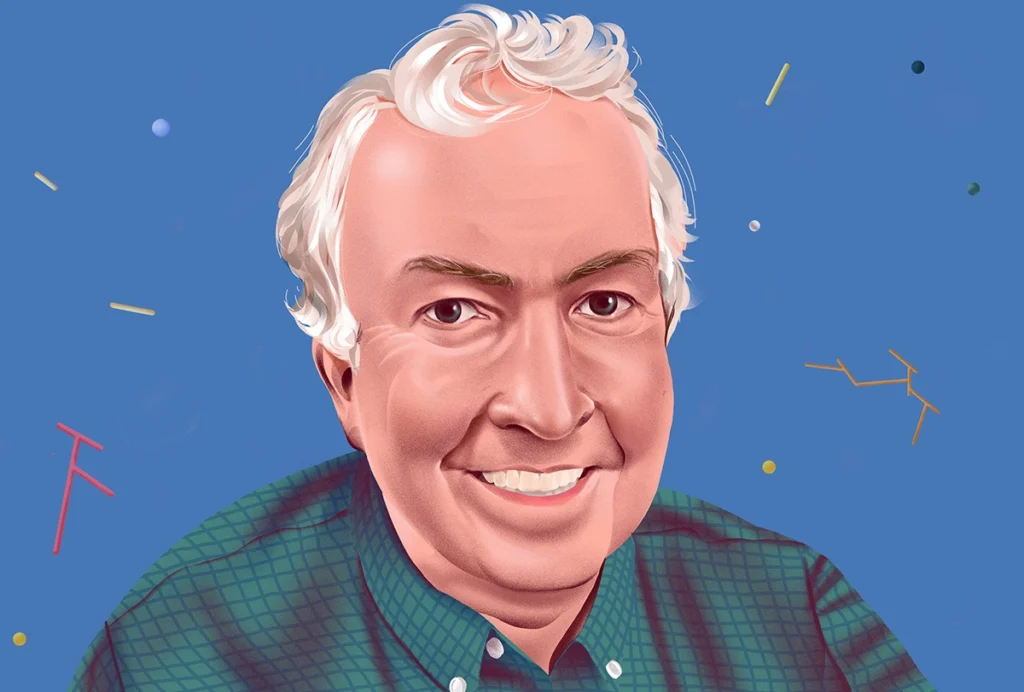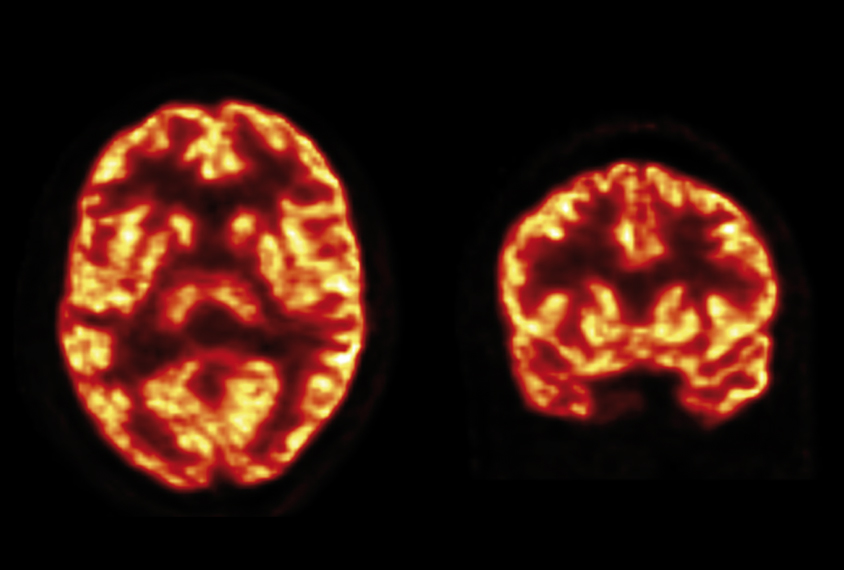Synaptic vesicles
Recent articles
This paper changed my life: Sandra Jurado marvels at the first-ever 3D model of a synaptic vesicle
In this 2006 Cell paper, Shigeo Takamori and his colleagues showcased the molecular machinery of synaptic vesicles in outstanding detail. Their work taught me that these aren’t just passive containers for neurotransmitters but dynamic, precision-built nanomachines.

This paper changed my life: Sandra Jurado marvels at the first-ever 3D model of a synaptic vesicle
In this 2006 Cell paper, Shigeo Takamori and his colleagues showcased the molecular machinery of synaptic vesicles in outstanding detail. Their work taught me that these aren’t just passive containers for neurotransmitters but dynamic, precision-built nanomachines.
Timothy Ryan on his pivotal switch from studying particle physics to decoding synaptic transmission
Dissuaded from pursuing theoretical physics and deterred by the “long feedback loop” in experimental physics, the National Academy of Sciences member took inspiration from “polymath” Watt Webb and “visionary” Stephen Smith—and learned to work “completely outside his comfort zone.”

Timothy Ryan on his pivotal switch from studying particle physics to decoding synaptic transmission
Dissuaded from pursuing theoretical physics and deterred by the “long feedback loop” in experimental physics, the National Academy of Sciences member took inspiration from “polymath” Watt Webb and “visionary” Stephen Smith—and learned to work “completely outside his comfort zone.”
Multi-omics study captures CNTNAP2’s far-ranging effects
The in-depth approach shows mutations in the autism-linked gene disrupt neuronal growth and communication, as well as mitochondrial gene expression.

Multi-omics study captures CNTNAP2’s far-ranging effects
The in-depth approach shows mutations in the autism-linked gene disrupt neuronal growth and communication, as well as mitochondrial gene expression.
How microscopic ‘condensates’ in cells might contribute to autism
A controversial idea about how cells compartmentalize their contents into droplets — like beads of oil in water — could be key to understanding autism, says Julie Forman-Kay.

How microscopic ‘condensates’ in cells might contribute to autism
A controversial idea about how cells compartmentalize their contents into droplets — like beads of oil in water — could be key to understanding autism, says Julie Forman-Kay.
New method exposes structures inside ‘rainbow’ of brain cells
Molecules from alpacas may enable scientists to identify cell types in the brain while also revealing their interior structures.
New method exposes structures inside ‘rainbow’ of brain cells
Molecules from alpacas may enable scientists to identify cell types in the brain while also revealing their interior structures.
Dividing autism; novel messengers; million-dollar mark and more
A researcher proposes splitting autism into subtypes, mitochondria make neurotransmitters, and highly successful grantees may face a funding cap.
Dividing autism; novel messengers; million-dollar mark and more
A researcher proposes splitting autism into subtypes, mitochondria make neurotransmitters, and highly successful grantees may face a funding cap.
New tool spotlights neuron junctions in living human brains
A new imaging technique allows researchers to illuminate the junctions between neurons in a living person’s brain.

New tool spotlights neuron junctions in living human brains
A new imaging technique allows researchers to illuminate the junctions between neurons in a living person’s brain.
Rainbow of dyes maps neurons’ tangled paths in brain
A new method that lets researchers trace the paths of many neurons at once may reveal how neurons go astray in autism.

Rainbow of dyes maps neurons’ tangled paths in brain
A new method that lets researchers trace the paths of many neurons at once may reveal how neurons go astray in autism.
Suite of methods yields complex model of neuronal junctions
Researchers debuted a three-dimensional model of an average synapse, the point of connection between neurons, in the 30 May issue of Science.

Suite of methods yields complex model of neuronal junctions
Researchers debuted a three-dimensional model of an average synapse, the point of connection between neurons, in the 30 May issue of Science.
Molecular mechanisms: Autism gene establishes brain links
The autism-linked protein MET is expressed at the junctions between neurons during early brain development in mice, suggesting that it helps establish the connections, according to a study published 21 June in The Journal of Comparative Neurology.

Molecular mechanisms: Autism gene establishes brain links
The autism-linked protein MET is expressed at the junctions between neurons during early brain development in mice, suggesting that it helps establish the connections, according to a study published 21 June in The Journal of Comparative Neurology.
Explore more from The Transmitter
Psilocybin rewires specific mouse cortical networks in lasting ways
Neuronal activity induced by the psychedelic drug strengthens inputs from sensory brain areas and weakens cortico-cortical recurrent loops.
Psilocybin rewires specific mouse cortical networks in lasting ways
Neuronal activity induced by the psychedelic drug strengthens inputs from sensory brain areas and weakens cortico-cortical recurrent loops.
Home makeover helps rats better express themselves: Q&A with Raven Hickson and Peter Kind
The “Habitat”—a complex environment with space for large social groups—expands the behavioral repertoire of rodent models, Hickson and Kind say.
Home makeover helps rats better express themselves: Q&A with Raven Hickson and Peter Kind
The “Habitat”—a complex environment with space for large social groups—expands the behavioral repertoire of rodent models, Hickson and Kind say.
Tatiana Engel explains how to connect high-dimensional neural circuitry with low-dimensional cognitive functions
Neuroscientists have long sought to understand the relationship between structure and function in the vast connectivity and activity patterns in the brain. Engel discusses her modeling approach to discovering the hidden patterns that connect the two.
Tatiana Engel explains how to connect high-dimensional neural circuitry with low-dimensional cognitive functions
Neuroscientists have long sought to understand the relationship between structure and function in the vast connectivity and activity patterns in the brain. Engel discusses her modeling approach to discovering the hidden patterns that connect the two.